End Mill and Milling Troubleshooting Guide
An end mill has an expected lifespan determined by its usage, material specificity, and coating. For machinists, premature wear and tool breakage are easily avoidable headaches. These issues can lead to poor part finishes, machine downtime, and even scrapped parts. Understanding the problems these tools face in the spindle is a key first step in troubleshooting these issues, if they occur.
Premature Tool Wear
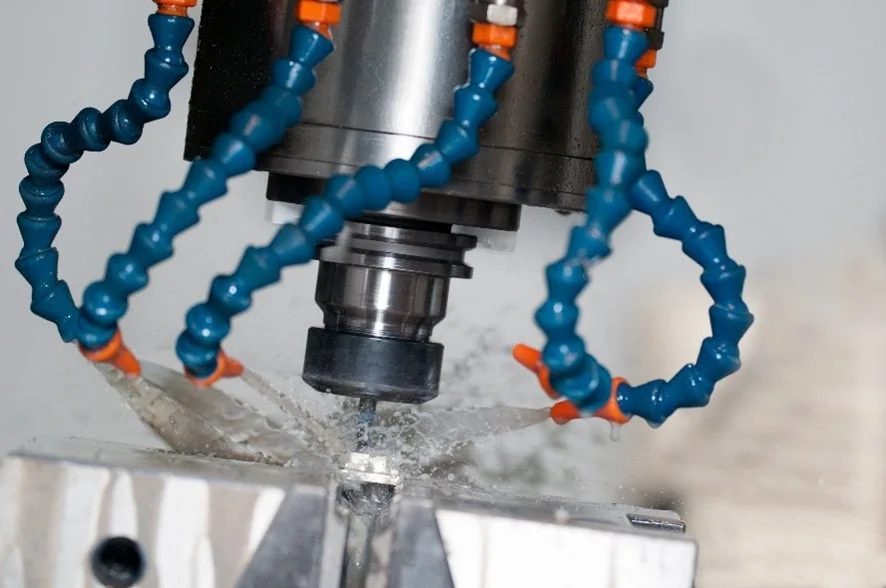
Causes
Premature tool wear in end mills is one of the most common issues a machinist will face. Tool wear is often an issue when cutting speeds are faster than recommended for the tool, or, interestingly enough, when the speed and/or feed of the end mill is too light.
In addition, hard and naturally abrasive materials wreak havoc on cutting tools when proper tool coatings are not utilized. Coatings play a myriad of roles for a cutting tool, and cutting operation, including providing wear resistance and aiding in the efficiency of chip removal.
Other common causes of premature wear include the usage of incorrect helix angles, or chip re-cutting.
Solutions
Solving these problems is quite straightforward. In the cases of cutting speeds and feeds being incorrect, machinists have several options. First decreasing the spindle speed will correct cutting speeds being too fast. Secondly, adjusting speeds and feeds by consulting with the manufacturers speeds and feeds charts will allow for proper tool usage. This will also solve chip re-cutting issues, and will adjust depth of cut (DOC) and/or coolant/air to properly clear chips from the part. Finally, selecting the proper helix angle and coating for the job will get the best lifespan and performance out of the cutting tool.
End Mill Edge Chipping
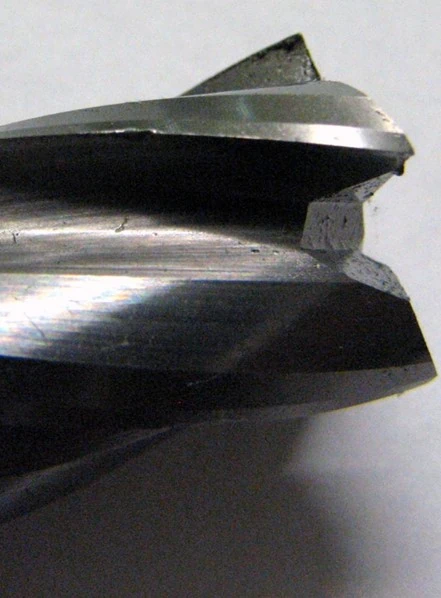
Causes
End mill edge chipping is commonly seen within aggressive and rigid machining. Machinists will find this when their feed rate is too aggressive in both the continued machining and on initial cut. Aggressive DOC is another common cause of tool chipping.
Solutions
Edge chipping is an easily solved issue for machinists. Reducing the overall and initial feed rate will decrease the aggressiveness of the cut. Decreasing axial and/or radial depth of cut is another solution for overly aggressive tool paths.
Regarding rigidity, if the tool itself is the issue, machinists should change their tool holder, hold the tool shank deeper, or use a shorter tool. Re-fixturing the workpiece and/or improving the overall setup can also solve this problem. Lastly, machinists should check their spindle for run-out.
Tool Breakage
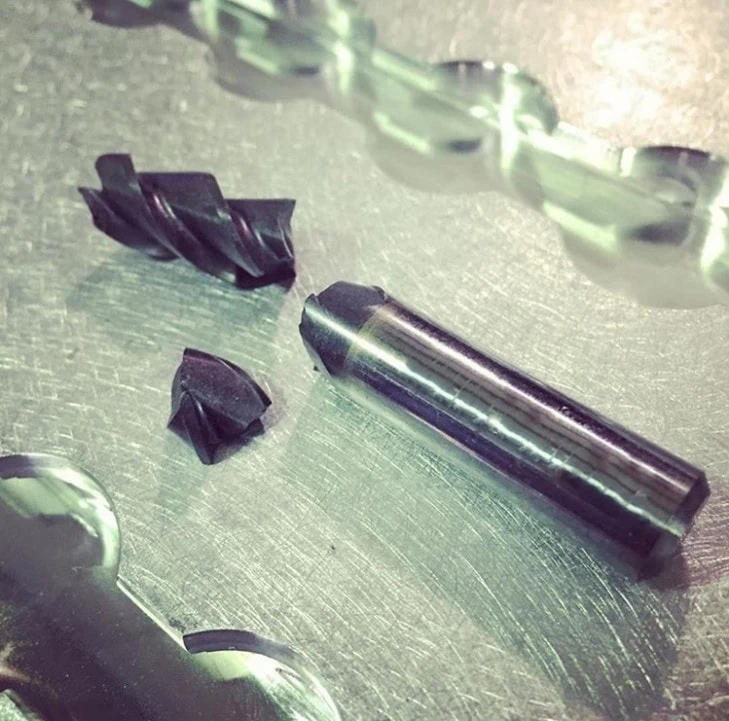
Causes
Much like edge chipping, tool breakage can occur during aggressive feed rates and excessive depths of cut. Similarly, extreme tool overhang is a major driver in tool breakage. Chip packing is also commonly found during a tool fracture and breakage. Another primary cause of breakage is found when an end mill is excessively worn.
Solutions
Reducing feed rate and axial/radial DOC is crucial to solving tool breakage issues. This shows the machinist that their tool paths are too aggressive for the structure of the chosen tool. For issues related to overhang, a machinist should hold their shank deeper or even opt for a shorter tool.
There are several solutions for chip packing that include adjusting speeds and feeds, and increasing coolant or air pressure to properly flush chips. Tools with fewer flutes and deeper valleys flush chips much easier. In this case, opting for a tool with fewer flutes can also combat chip packing. Finally, choosing to regrind a tool sooner will solve tool breakage due to excessive wear.
Chip Packing
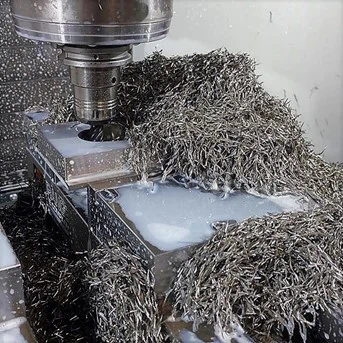
Causes
As chip packing is a driver for tool breakage, solving this issue early is key to machining success. This is caused by aggressive speeds and feeds that are beyond the tool’s capabilities. Also, flute gullets that are too small for the produced chips will lead to packing. Finally, insufficient coolant volume and pressure won’t allow for chips to properly evacuate.
Solutions
To start, machinists should consult the manufacturers’ speeds and feeds charts for the tool and consider decreasing them. Using an end mill with fewer flutes will prevent packing by allowing chips to properly evacuate. Increasing coolant volume and pressure, along with repositioning the nozzle closer to the point of cut, will also aid in proper evacuation.
Chatter
Causes
Tool chatter, or chattering, is an easy way to scrap a part in the machine. Chattering can occur prior to breakage, so the solutions to these problems are very similar. While it is not possible to completely avoid vibrations, minimizing them is pivotal for a successful machining operation.
Rigidity and aggressive toolpaths are common in issues of tool chatter at the spindle. This lacking of rigidity is not limited to the tool itself, but can also be attributed to instances in the workpiece and machine tool. Also, choosing improper tool geometry can lead to instances of unnecessary vibrations.
Solutions
Reducing speeds and feeds, as well as axial and/or radial DOC, is pivotal in solving tool chatter issues. When poor rigidity is the cause, machinists must determine where this is coming from. Changing the tool holder, holding the shank deeper, and using a shorter tool will often solve these issues. Machinists should also check their spindle for run out in cases of rigidity. Finally, re-fixturing the workpiece and/or improving the overall setup will help if that is the cause.
Burs
Causes
Burs are common in machining and cause machinists to painstakingly hand deburr a part after completion. While this is common, there are several causes for excessive burs in a part. First, incorrect speeds and feeds in machining can cause burs, as can dull end mill edges and incorrect helix angles.
Solutions
If burs are present in machining, one should first start by consulting proper speeds and feeds for a tool, and consider decreasing them during machining. Finally, using a climb milling machining strategy, and changing to the correct helix angle, will pay off.
Poor Finish
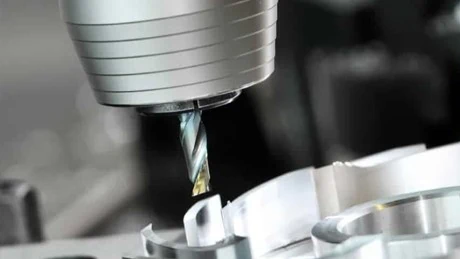
Causes
Proper part finish is crucial to success for all machinists. On the other hand, poor part finish often leads to scrapped parts and headaches. This is usually caused by feed rates that are too aggressive and speeds that are too slow for the tool and material. In terms of feed rates, aggressive depths of cut mark up parts, leading to poor finishes. Finally, properly sharpened tools in perfect scenarios lead to fantastic finishes. When tools face excessive wear, the part finish will suffer.
Solutions
Reducing feed rates and depths of cut is critical to ensuring a proper part finish. Increasing tool speed (RPM) will also aid in leaving a better finish on the part. Finally, using a properly sharp, or timely reground tool, will alleviate part finish headaches.
Poor Dimensional Accuracy
Causes
Accuracy of part dimensions is paramount to a machinist’s and shop’s success. When poor dimensional accuracy is plaguing a job, there are several areas machinists should investigate. Aggressive depths of cut, tool rigidity, and machine tool rigidity are all common causes of inaccuracy.
Solutions
Reducing axial and/or radial depths of cut is an important first step towards solving dimensional accuracy problems. If a lack of rigidity is the issue, a machinist should check, inspect, and repair the machine, tool, tool holder, and fixtures. Also, using a tool with more flutes can solve for this issue.
Overall, there are several CNC milling issues that can impact even the most seasoned machinists. Properly identifying the problem is a critical first step in accounting for these problems. Once the problem has been identified, understanding the leading cause behind it will lead to understand the proper solution.


hi , i want to know it ,how to machining steel with a all porpuse end mill , somebody can help me?
Thanks for the article.